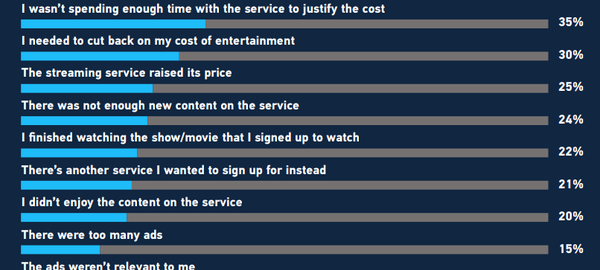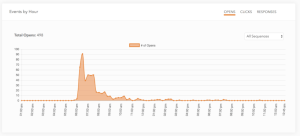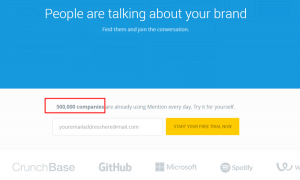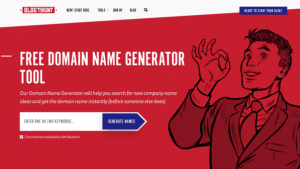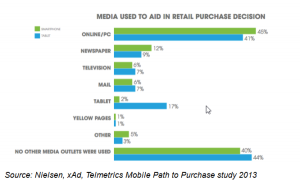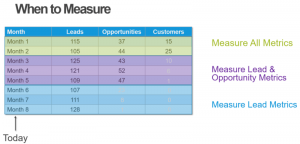DirectTV: Digital Media, Addressable TV Still A Priority For Advertisers
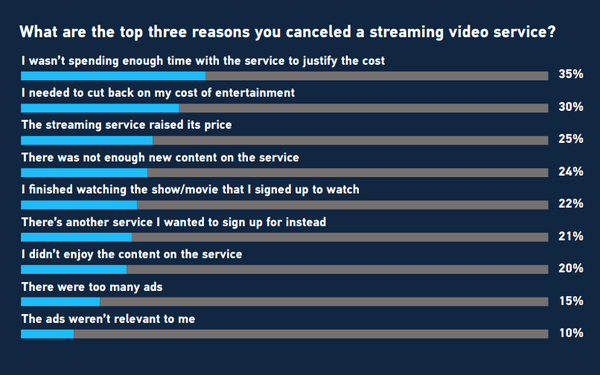
Addressable TV is increasingly being combined with other media such as search and display to increase the efficacy of an overall campaign message. Data & Programmatic Insider recently spoke with Amy Leifer, DirecTV’s chief ad sales officer, to get her thoughts on CTV, data quality, in addressable TV, and more.
An auto brand that DirecTV worked with was looking to boost sales for a specific SUV model, so the company executed a cross-platform campaign targeting likely buyers across addressable TV and digital — video and display, Leifer said.
The campaign was successful in driving a 30% lift in overall sales conversions under a test vs. control model.
Consumers who saw the TV and the digital media outperformed those who saw only the TV or digital ads by 14% and 23%, respectively.
DirectTV does not currently provide paid-search or organic search services to advertisers, but said by taking a holistic approach, advertisers can deliver better outcomes against their business key performance indicators (KPIs), such as sales conversion or website visitation, outperforming TV- or digital-only executions.
Data & Programmatic Insider: Data quality is important in the addressable TV market, but varies widely. How would you describe the data universe, and how is it evolving?
Leifer: With the abundance of data that is available today, it is important for advertisers to remember that not all data is created equal.
DirecTV, like other multichannel video programming distributors (MVPDs), has incredibly robust, first-party deterministic data stemming from direct-to-consumer relationships. This includes audience subscriber data, viewership data, and ad exposure data from millions of households and set-top-boxes across all DMAs that can be used in a privacy-compliant way to allow for better targeting and measurement capabilities across linear and streaming.
We also have trusted integrations with more than 30 data providers, data-safe havens, and clean rooms to help brands reach their desired audience and precisely measure results, no matter what category or vertical that brand is part of or what stage of the purchase funnel they are trying to measure against.
By matching deterministic audience data with an advertiser’s CRM data or third-party data, advertisers can activate precision targeting against high-value audience, or analyze the brand message viewers to which they have already been exposed. Then target unreached audiences to better manage the reach and frequency across screens.
It is important that all of this is done in a way that respects consumer privacy.
D&PI: One hot topic over the past few months has been convergence. What tools are being developed for the buy- and sell sides to increase this digital and TV convergence?
Leifer: Just as consumers now define TV more broadly and consider themselves watching TV — whether that is on linear or streaming, a TV device or a tablet — we as an industry must look at TV more broadly to reach those viewers wherever and whenever they are watching.
On the buy side, we see that video is increasingly being bought across linear and CTV devices.
According to a recent survey we did, only 11% of advertisers report that their linear planning and CTV planning are entirely separate from each other, and teams are collaborating on campaign reporting as well.
On the sell side, publishers and distributors need to ensure the solutions they have help brands reach viewers across a more fragmented landscape. Addressable helps brands do that, as they can reach their defined audience across the entirety of linear and streaming assets in one campaign.
Programmatic tools allow agencies and brands to use automation and technology to allow for more unified planning, targeting, and buying of media, and we’re even seeing linear inventory made available in programmatic platforms as well.
D&PI: How do you see the CTV space developing during the next five to 10 years?
Leifer: Our industry is in the midst of transformation, and I’m excited about what we’ll be able to solve in the coming years. From new forms of measurement to AI, to data-enabled advertising becoming the norm, I think we’ve seen more steps forward in the last few years than anyone could have expected.
D&PI: What do media owners and distributors need to keep in mind to continue connecting with viewers where they go?
Leifer: From a viewer perspective, consumers are being more selective about which platforms they engage with.
A recent survey conducted for DirecTV Advertising found that 22% U.S. adults canceled a streaming video subscription between March and May this year, citing reasons such as the cost, lack of content, and wanting to sign up for a different subscription.
As consumers reach their limit on the number of subscriptions they are willing to pay for, I believe we will see more consolidation and bundling of content going forward. It’s a model that MVPDs have been using successfully for years as it provides easy access to both live and video on demand (VOD) content across many programmers and publishers.
In the future, I anticipate that companies will go a step further and consolidate their offerings through aggregation, which will increase customer engagement and provide lower costs and better content discovery.
(9)
Report Post